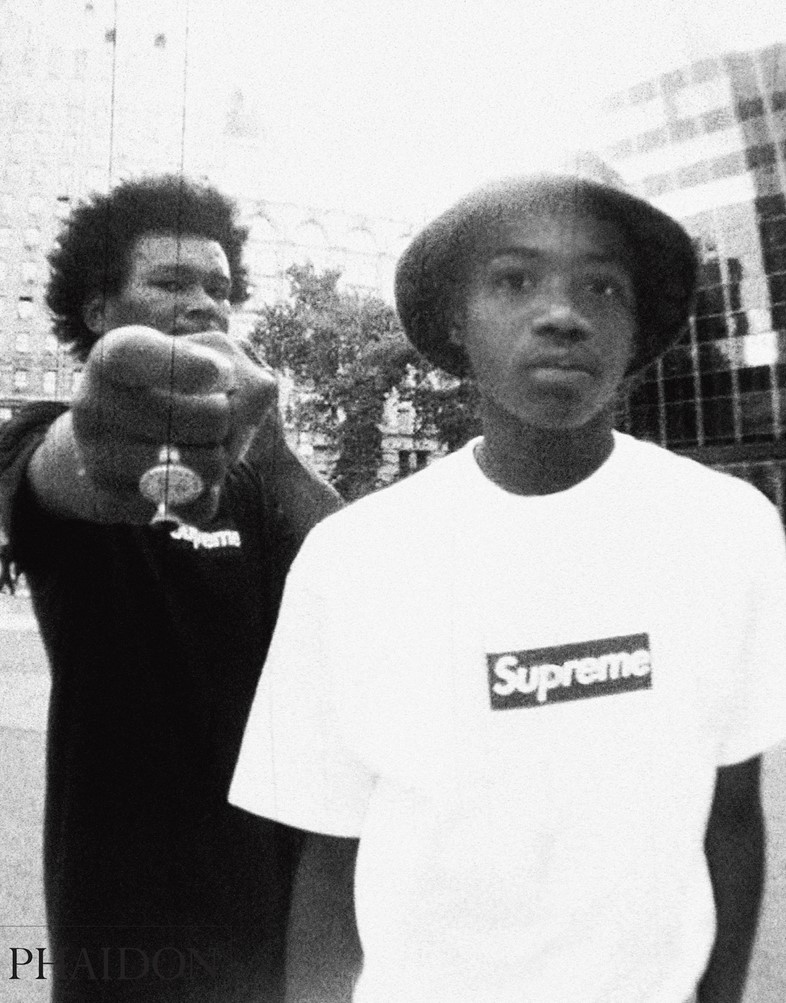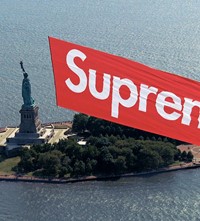A new book, published by Phaidon, promises the most comprehensive history of the iconoclastic brand yet
- TextAnother Man
There is little question that Supreme – the skatewear and clothing brand founded by James Jebbia in downtown New York in 1994 – has changed the face of fashion forever. Responsible not simply for the dominance of streetwear in the past decade, Jebbia’s now-iconoclastic brand also ushered in the era of the collaboration – the long list of its own collaborators includes brands Comme des Garçons, Nike and a stratospherically popular link up with Louis Vuitton while Kim Jones was still at the helm, as well as numerous artists and photographers – and disrupted the traditional calendar, rejecting steadfast seasons for ‘drops’ week on week. In doing so, Supreme paved the way for what might now be deemed “hype” fashion, and an epoch of must-haves and limited-editions, where devotees queue around the block to get their hands on that which no one else has.
A new book, published by Phaidon and released today, provides a visual diary of the brand’s history, from its humble beginnings on New York’s Lafayette Street – initially housed in an old office block and catering to the city’s young skate crowd – to becoming a megalithic global company with 11 stores worldwide, from Los Angeles to London, Paris to Japan. Those who contribute to the book’s 800-plus images are testament to the brand’s status, with photographs by Larry Clark, Sandy Kim and David Sims – capturing everything from behind-the-scenes images of the brand’s nascent years to some of the many zeitgeist-y limited-edition pieces, from MetroCards to bicycles – and words by the likes of filmmaker Harmony Korine and pop-culture critic Carlo McCormick, both lifelong fans of the label.

“James tapped into a secret sauce... and they’ve kept strong because youth propels the culture, and they are always on the side of the youth. You can’t fake that,” Korine says. “It is viral, like a meme of misbehaviour that infects status, semiotics, and social decorum with Dada aesthetics, postmodern irony, cheeky disobedience, and savvy subterfuge everywhere it goes,” adds McCormick.
The book itself will no doubt prove a collector’s item in its own right, promising to be “the epitome of the brand’s dedication to quality and design”. The book’s jacket is reversible – featuring the signature red Supreme logo on one side – but can also be removed to use as a poster. Inside, across 352 pages, Supreme is undoubtedly the most comprehensive – and intimate – portrait of the brand yet, and a must-have for Supreme devotees the world over.
Supreme, published by Phaidon, is available from today.















